Power Management Integrated Circuits (PMICs)
Integrated Power Management for Embedded Processors and Subsystems with Multiple Power Rails
Featured Products
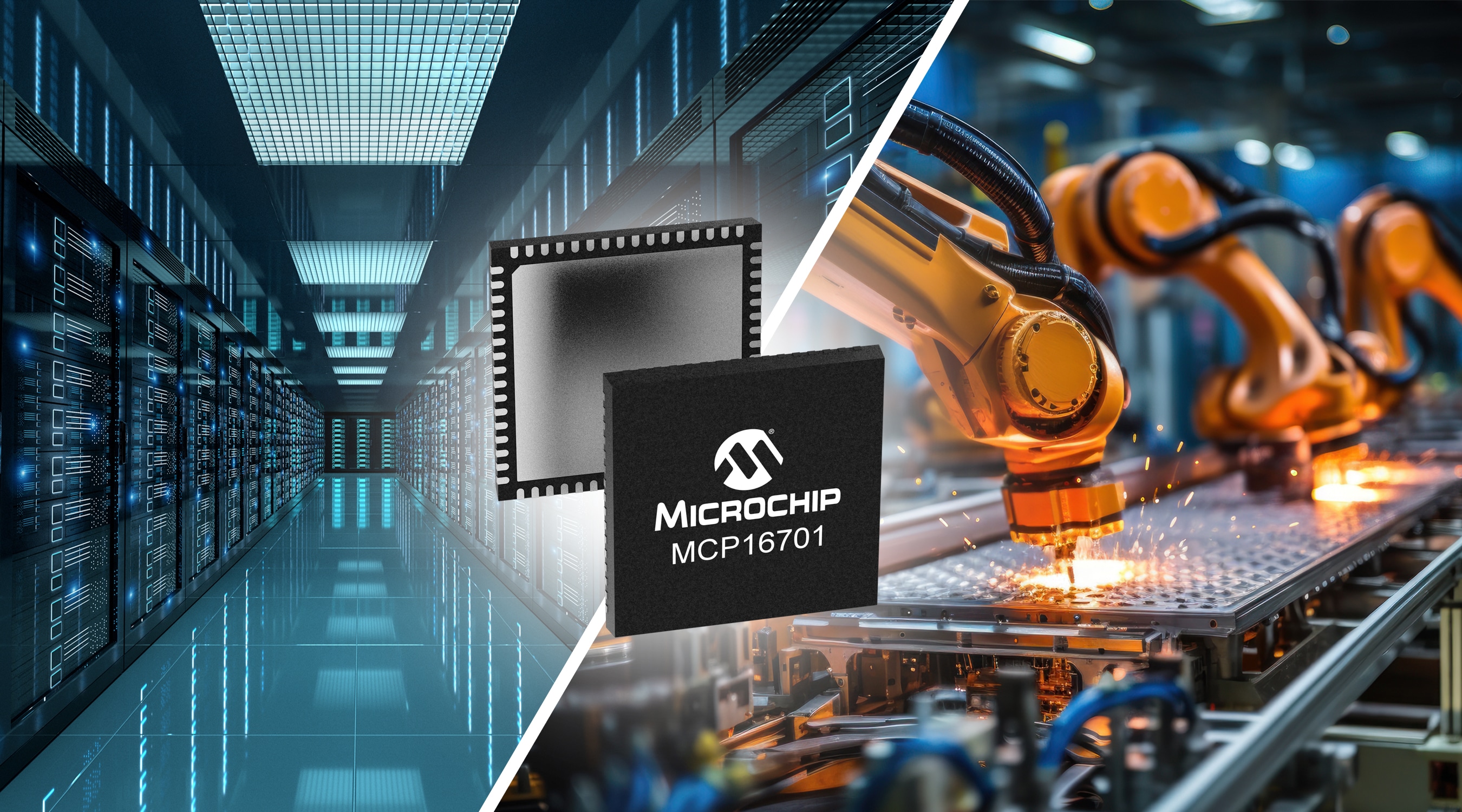
MCP16701 High-Performance, High-Accuracy PMIC for High-End MPU and FPGA Power Solutions
Features:
- Input voltage: 2.7V to 5.5V
- Eight 1.5A buck DC-DC channels
- Four 300 mA high-accuracy LDOs
- One high-accuracy, high-PSRR LDO controller using external N-channel MOSFET (SerDes lanes supply)
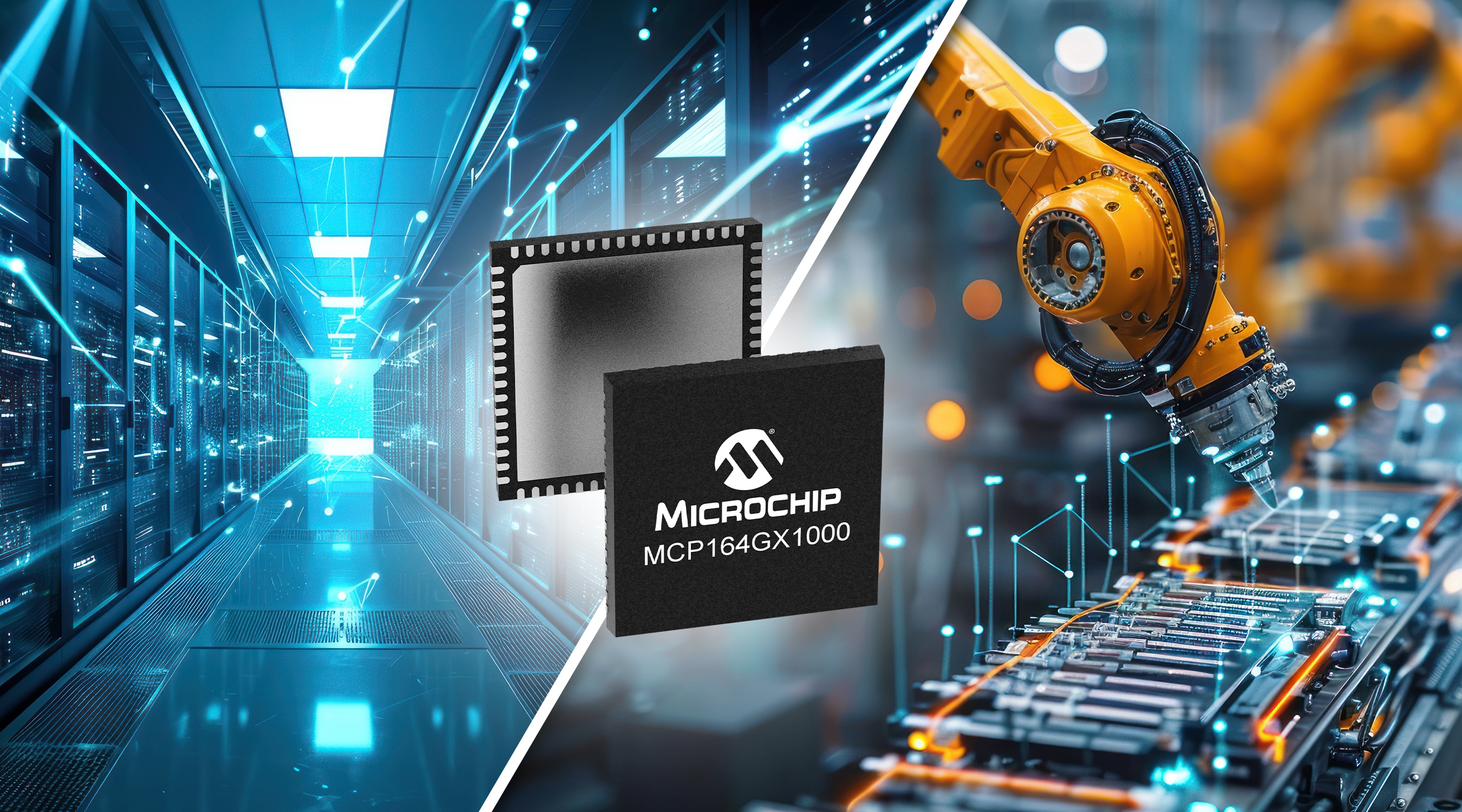
MCP164GX1000 High-Performance PMIC With Optimized Performance for PIC64GX Family of 64-bit MPUs
Features:
- Input voltage: 2.7V to 5.5V
- Eight 1.5A buck DC-DC channels
- Four 300 mA Hhigh-accuracy LDOs
- One high-accuracy, high-PSRR LDO controller using external N-channel MOSFET (SerDes lanes supply)

MCP16501 Cost- and Size-Optimized PMIC for SAMA5DX, SAM9X6, SAMA7G Series MPUs
Features:
- Input voltage: 2.7V to 5.5V
- Three 1A output current buck channels with 100% maximum duty cycle capability
- 2 MHz buck channels PWM operation
- One auxiliary 300 mA low-dropout linear regulator (LDO)

MCP16502 High-Performance PMIC for SAMA5DX, SAM9X6, SAMA7G Series MPUs
Features:
- Input voltage: 2.7V to 5.5V
- Four 1A output current buck channels with 100% maximum duty cycle capability
- 2 MHz buck channels PWM operation
- Two auxiliary 300 mA low-dropout linear regulators (LDOs)
More About PMICs
- Simplified Circuit Design
- PMICs Technology Overview
Advantages of Designing With PMICs
- Simplifies power management in complex embedded systems
- Provides power supplies for processing systems
- Optimizes power consumption and extends battery life
- Helps control complex power systems
- Reduces circuit board space
- Reduces time to market and risk
- Reduces engineering and sourcing effort
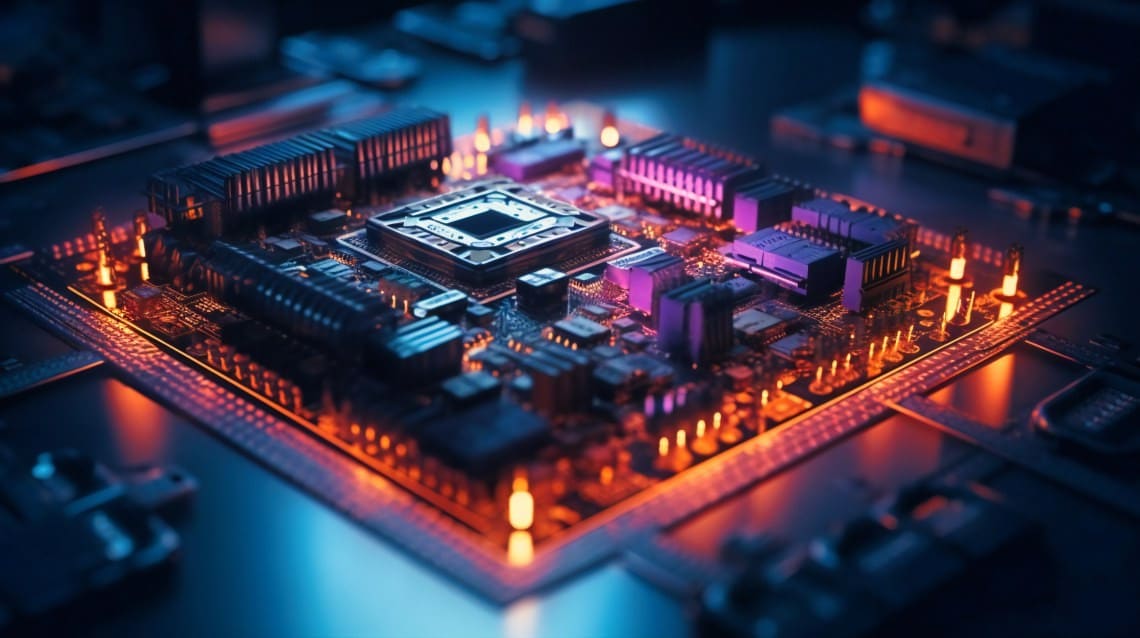
Learn More About PMICs
- What Does a PMIC Do?
- Why Use PMICs Instead of Discrete Components?
- How Are PMICs Used in Edge Computing/IoT Applications?
- Why Is Power Sequencing Needed?
Are You Looking for Discrete Products?

Featured Reference Designs
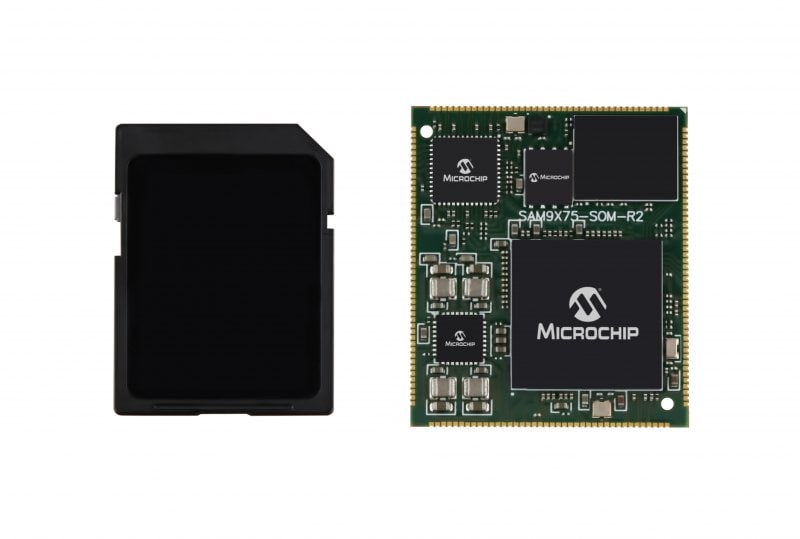
SAM9X75D2GN4 System-on-Module (SOM) Reference Design
Featuring the MCP16502 High-Performance PMIC
The SAM9X75 System-On-Module Series is a small single-sided SOM series based on a System-in Package (SiP) ARM926EJ-S Arm® Thumb® CPU-based embedded microprocessor running up to 800 MHz. The SAM9X75 SOM Series is built on a common set of proven Microchip components to reduce time to market by simplifying hardware design and software development.
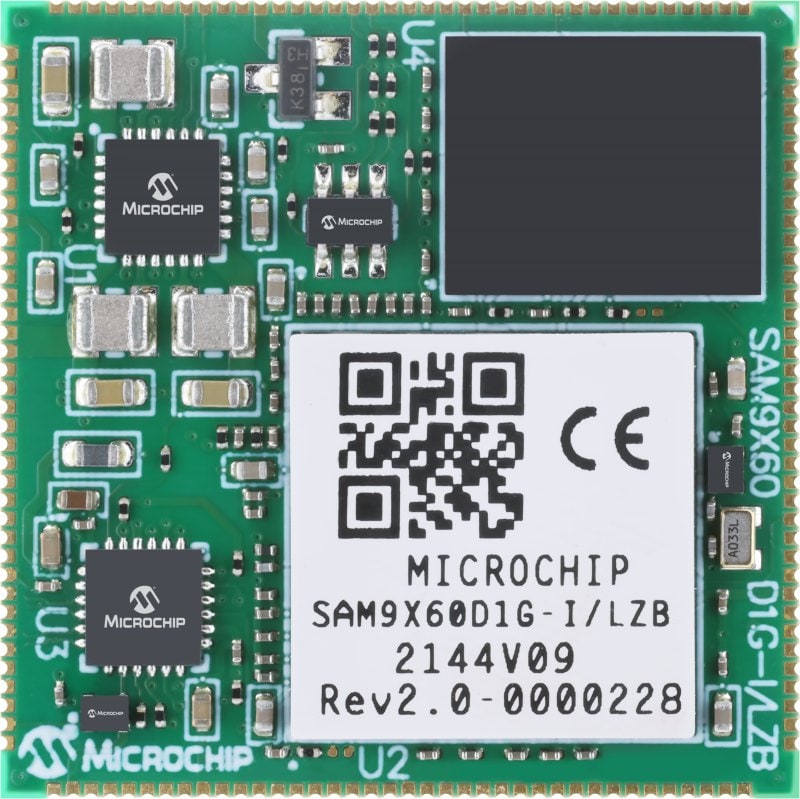
Wireless SOM Reference Design (Smart, Connected and Secure)
Featuring the MCP16502 High-Performance PMIC
Designed to demonstrate a total systems solution, our wireless SOM combines our SAMA5D2 MPU, WILC3000 Wi-Fi®/Bluetooth® module and MCP16502 PMIC to provide an all-in-one device that you can use to expand your existing product features or fast track your new designs.
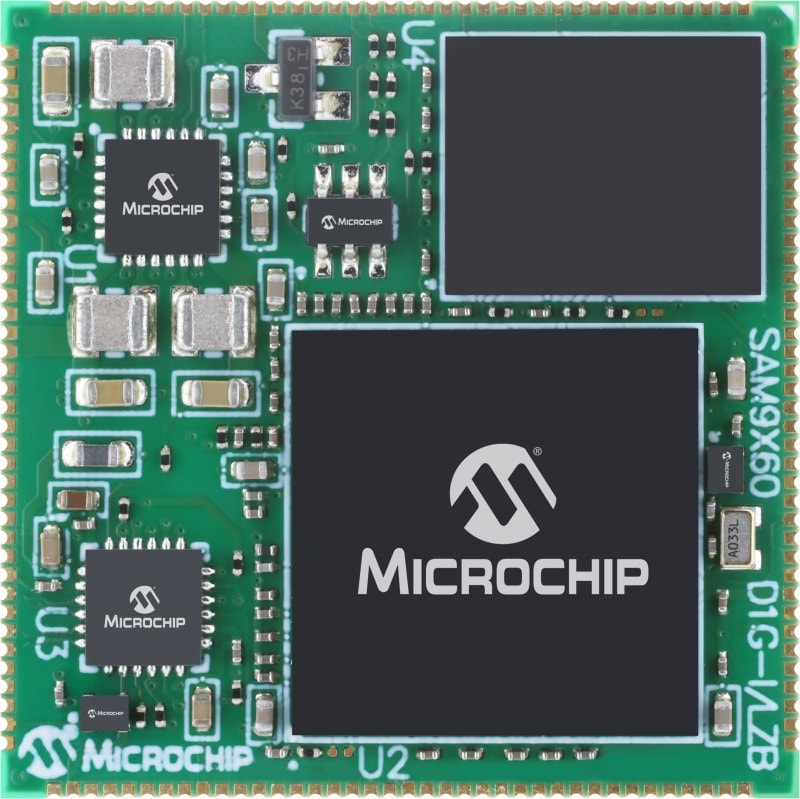
SAM9X60D1G System-on-Module (SOM) Reference Design
Featuring the MCP16501 High-Performance PMIC
Designed to demonstrate a total systems solution, our SAM9X60 SOM is built on a common set of proven Microchip components to reduce time to market by simplifying hardware design and software development.The SAM9X60-SOM is based on the SAM9X60D1G SiP high-performance, low-power ARM926EJ-S CPU-based embedded microprocessor (MPU) running at 600 MHz.
Design Resources
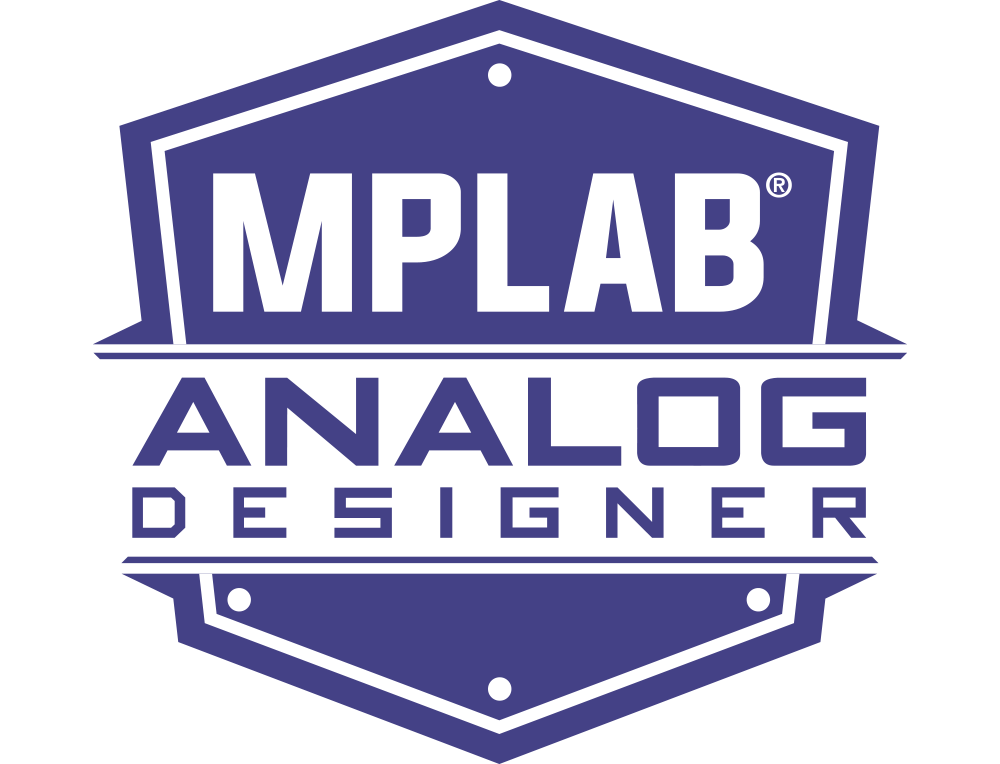
MPLAB® Analog Designer
This tool provides design suggestions for common circuit needs, estimates performance for common modifications, and can export to MPLAB® Mindi™ Analog Simulator for verification.

MPLAB® Mindi™ Analog Simulator
This simulation tool uses a SIMetrix/SIMPLIS environment to model circuit behavior, reducing design time with software debugging for initial design verification.

MicroCHECK Design Service
Our complimentary MicroCHECK design review service, which offers insight from the initial concept to the final PCB layout, is available to customers who are using our products in their projects.